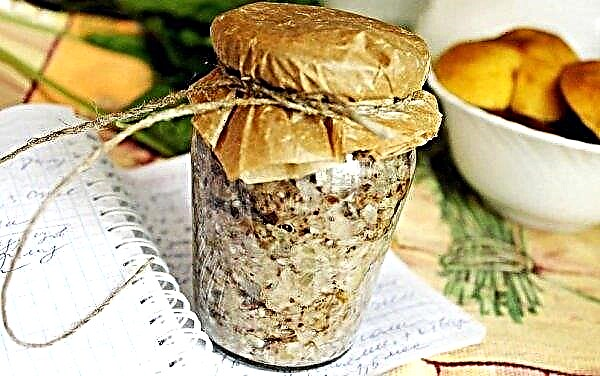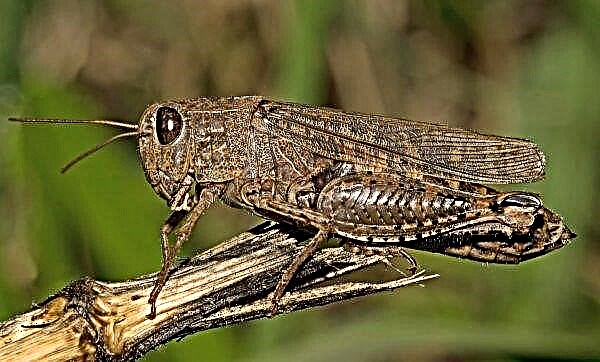To date, in Ukraine, focal settlement of soybean plants with the usual spider mite has begun. During the growing season of soybean, 3-4 generations of the pest develop.
This is reported by the State Food and Consumer Service in the Cherkasy region. This insect is 0.3-0.4 mm long with four pairs of legs (larvae with three), grayish-green, with dark spots on both sides. Before wintering, the spider mite acquires an orange-red color. The body on top is covered with setae arranged in 4 rows.
During the period of mass settlement, it is able to destroy up to 70% of soybean crops. However, in addition to soybean, the mite damages over 150 plant species.
The tick populates mainly the lower side of the leaves, where it lives in a web. It feeds on the juice of plants, piercing the epidermis of the leaf, on which light green spots form, later they merge and form bleached areas (marbling).

During the formation and filling of soybeans when 10% of plants are populated or 10 common spider mites are present on the trigeminal leaf, it is recommended to treat with insecticides with the active substance: pyrimifos - methyl, clofentesin, bifentrin, abamectin, spirodiclofen, tebufenpyrad, hexithiazox and others according to a list of pesticides and agrochemicals approved for use in Ukraine. ”
Treatment with insecticides should be carried out in calm, calm weather in the morning and evening hours. Be sure to warn about the time and place of work of the chairmen of village and village councils and beekeepers.
 Spider mite
Spider mite
When working with plant protection products, one should adhere to generally accepted state sanitary rules for chipboard 8.8.1 and personal hygiene rules, experts say phytosanitary safety.












